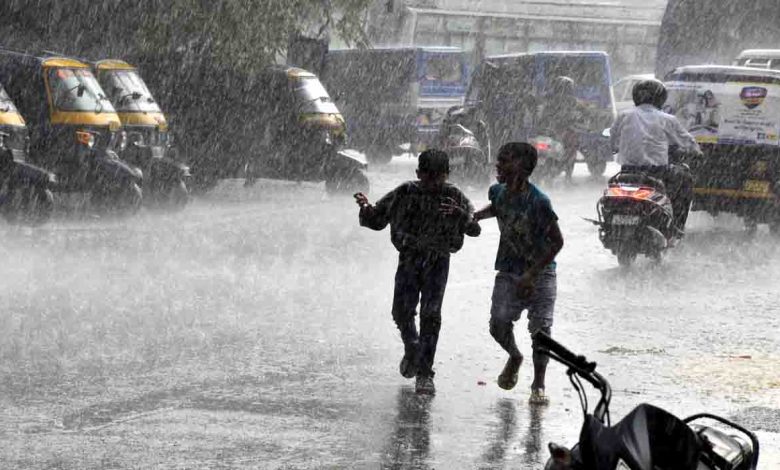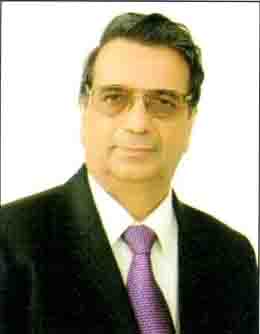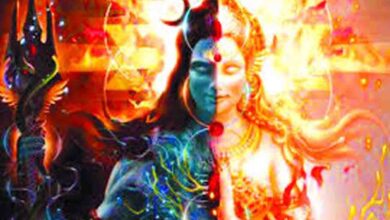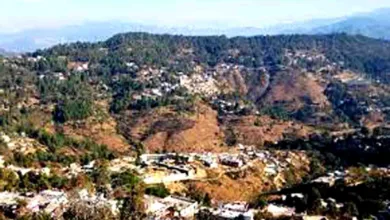Monsoon and the third wave of Covid-19 in India

Thursday, 03 June 2021 | V P Dimri | in Guest Column
GUEST COLUMN
 V P Dimri
V P Dimri
The impact of the second wave of Covid-19 was felt in a major way in India. A few weeks ago, the daily infected patients in the country were about 3-4 lakh with a daily fatality of more than 4,000 people. Now, daily Covid-19 infections are close to two lakh and fatality is less than 4,000. There are many reasons for the second wave, one of which is relaxing the lockdown to balance the economy. Now, again many states have imposed total or partial lockdown, night curfew and other such measures.
One main point forwarded is that the Novel Coronavirus is spreading through the air. The virus is getting lighter and so it can climb and travel long distances. This argument is supported by seeing that people staying in high rising apartments in cities have also been infected. Covid patients are found in multi-storey flats just above vertically and not horizontally, so the virus is now from a ground level to a good height. The Covid patients are also seen in the villages in the higher altitudes of mountainous areas, for example in Uttarakhand state in the central Himalaya. Now, in Uttarakhand, the numbers of daily infected patients and fatality have declined in the last 10 days. Of course, Uttarakhand received a good amount of rain during this period.
The second wave started when the temperature in India started rising. The rise of temperature in the southern part of India is experienced earlier than in the northern part. In general, the rise of temperature is after the equinox as the availability of more sunlight to the surface of the earth. After the ocean gets heated the clouds are formed. This is what we call the onset of the Indian monsoon. Normally monsoon from the Arabian Sea reaches Kerala at the end of May and reaches Mumbai within a couple of days. Due to lighter air over the continent, the monsoon turns towards the east and passes over Maharashtra and arrives in Telangana at the beginning of the second week of June. It further moves towards the east and meets clouds originating from the Bay of Bengal. Then the monsoon turns toward the west and passes Bihar and Uttar Pradesh and reaches the western Himalayan region in July via New Delhi. In brief, the monsoon covers the whole of India except a few places in Rajasthan from June to September with voluminous water. So, the monsoon is considered a big boon to India.
India receives the monsoon after a long summer. In the summer we see that the virus has moved to a height. The monsoon with good precipitation could bring the virus from a height to the ground level. And our atmosphere would be free from viruses. In such a process viruses can be mixed with groundwater. The detailed study carried out by CSIR labs such as CCMB and IICT shows that lakes in Hyderabad such as Hussain Sagar, Nacharam and Nizam Talab have depicted positive signals for a significant amount of viral genetic material present in lake water as reported in Times of India dated May 17, 2021. Now, we need to take virus-free water. Water does not transmit viruses as the air but still the best way would be to consume boiled water.
In fact, we have about a four-month monsoon period, which we need to utilise to get rid of the virus. During this period we must do the following things. The government must focus on ensuring maximum vaccination. It should also consider continuing restrictions with reasonable relaxations according to the specific conditions in the states. Efforts should also be undertaken for improvement in our health safety standards. Continuation of wearing the mask, maintaining social distancing, sanitisation and other safety measures must also be observed properly. As it has been reported that the third wave may affect children, the priority for vaccination should be given to parents and their children. Further, large social gatherings must be banned.
In conclusion, the monsoon can defer the entry of the third wave until the end of the monsoon but we should utilise the monsoon period to minimise the impact of the virus, thus stopping the rise of the third wave of Covid-19 in India.
(A Padma Shri recipient, the author is an eminent scientist who has worked in various institutions & is currently the president of 36th International Geological Congress. Views expressed are personal)






